During its 80-year journey of establishment and development, Vietnam News Agency (VNA) is not only a strategic information agency of the Party and State, but also a "common home" for many generations of reporters, editors, and technicians - those who have devoted their entire careers, from youth to retirement, to bringing information to readers in words, photos, and through the Internet.
They are living proof of a VNA that steadfastly overcomes all challenges, always fulfills its mission on the information front and constantly innovates to keep up with the times.
Under the roof of the News Agency, they have devoted themselves and grown up with honor and pride, contributing to the glorious history of VNA.
A lifetime of work - a lifetime of honor
One September afternoon, amidst the proud and emotional atmosphere of National Day (September 2) and the excitement towards the 80th anniversary of the founding of VNA (September 15, 1945 - September 15, 2025), two journalists who have devoted their entire careers to VNA - journalist Tran Dinh Thao and photographer and journalist Pham Tien Dung had the opportunity to reminisce about their time working at VNA.
Mr. Tran Dinh Thao, now over 80 years old, was formerly Deputy Head of the Domestic News Editorial Board of VNA. Graduated from the 8th Literature Department of the University of General Sciences ( Hanoi ), he and 14 other students were assigned to VNA in 1966.
“We came to journalism not only with a love of words, but also with the belief that this is the place where we can contribute to the country with our own pen and intelligence,” Mr. Thao shared, his eyes filled with emotion as he recalled his youthful years.
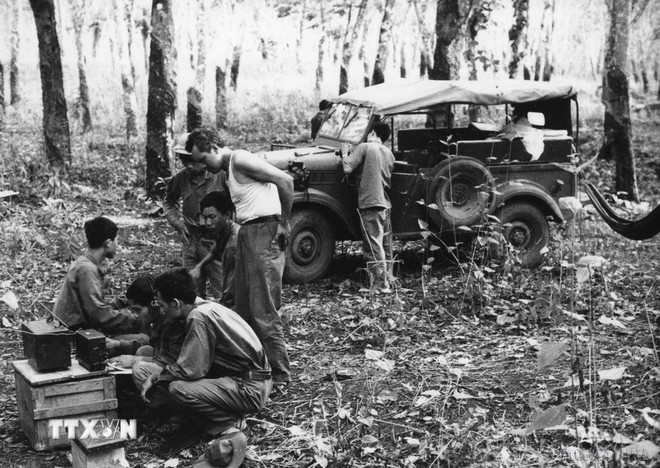
From the early days as a reporter in locations such as Hoa Binh , Nam Ha, Hanoi, Son La, to when he assumed the position of Permanent Deputy Editor-in-Chief of Tin Tuc Newspaper (now Tin Tuc and Dan Toc Newspaper), Permanent Deputy Editor-in-Chief of Le Courrier du Vietnam, Deputy Head of the Domestic News Editorial Board until his retirement, Mr. Tran Dinh Thao accompanied and reflected many important events of the country.
He told of the hardships of war correspondents, who sometimes had to walk or cycle for days, traveling hundreds of kilometers to get news. Once the news was received, transmitting it by telegraph to the headquarters was also full of challenges. That is why reporters at that time were always trained to write short, clear, and complete news - each word was sweat, a responsibility to the profession.
During his time as a journalist, Mr. Tran Dinh Thao was most impressed when the progress of VNA's news transmission was significantly accelerated thanks to the telephone, from overnight news transmission to daytime news transmission.
In the 90s of the 20th century, when the Internet was not yet popular, reporters would call the Board directly to report breaking news. Through close coordination between field reporters and editors, hundreds of breaking news about important events across the country were quickly transmitted on the VNA news bulletin.
Although the method of making news is still simple, just by making "hello" calls from field reporters, editors at the General Office coordinate to process the news into complete news, bringing very high work efficiency.
With this timely news reporting method, the then Head of the Domestic News Editorial Board, Ms. Vu Kim Hai, along with Deputy Head Tran Dinh Thao and colleagues, especially the team of reporters from provinces and cities, organized a news page for the Voice of Vietnam (VOV) to broadcast in the 12:00, 18:00, and 21:00 news bulletins every day with the opening sentence: "According to the news of VNA reporters at... - the area where the event just happened."
When news from VNA is broadcast on VOV, the honor and responsibility of the team of reporters and editors increases as they must ensure the following factors: "Fast-Correct-Accurate-Good."
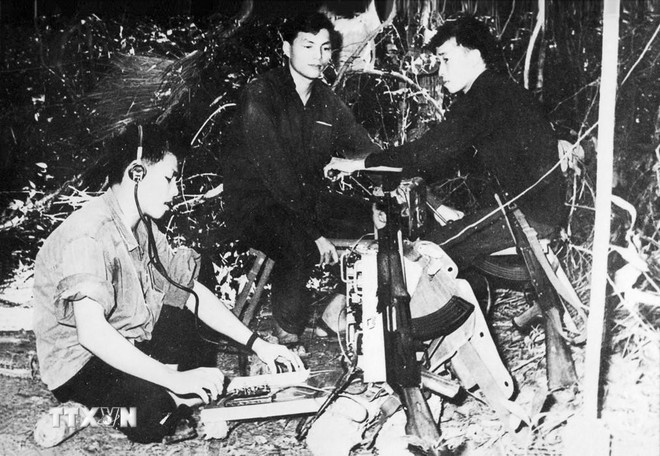
What makes Mr. Thao most satisfied is not the number of articles he has written, but the feeling of contributing to the mainstream information flow, reflecting the breath of the country and accompanying social change.
“In my 37 years working at VNA, I have always been proud to be a reporter for the agency. Thanks to my job, I have witnessed and reported on many important events, traveled to many places, met many people, become part of the story, and conveyed what I saw and heard to readers - something that I would never have had the opportunity to do if I had another job,” Mr. Thao said.
Every time the camera is pressed, the VNA journalist fulfills his mission.
Unlike journalist Tran Dinh Thao - who uses words to convey information, the journalistic journey of Mr. Pham Tien Dung - former Head of the Photo Editorial Board of VNA - is closely associated with press photos.
Born in 1953 in Phu Tho, graduated with a degree in Photography, Faculty of Journalism at Lomonosov Moscow State University, Mr. Tien Dung worked at VNA from 1978 until his retirement.
During his time as a resident reporter in the Soviet Union and Cambodia and holding important positions such as Deputy Editor-in-Chief in charge of Vietnam Pictorial, Head of the Photo Editorial Board, Mr. Tien Dung always respectfully thanks VNA for helping him grow from a fresh graduate to a photojournalist and experienced photographer.
When recalling memorable memories in his journalism career, Mr. Tien Dung remembers the time he participated in taking photos of Russian President Vladimir Putin during his visit to Vietnam in 2001.
"I only had a few seconds to press the shutter when President Putin shook hands with General Secretary Le Kha Phieu. There was no second chance, no editing. All that remained was the courage of the photographer. That was the familiar pressure of a VNA photojournalist: It had to be not only beautiful but also correct - at the right time, in the right spirit of the event," said Mr. Dung.
Making a photo report about the "First Space Flight" of pilot Pham Tuan and his Soviet teammates in 1980 is also an unforgettable memory in Mr. Tien Dung's career as a photographer.
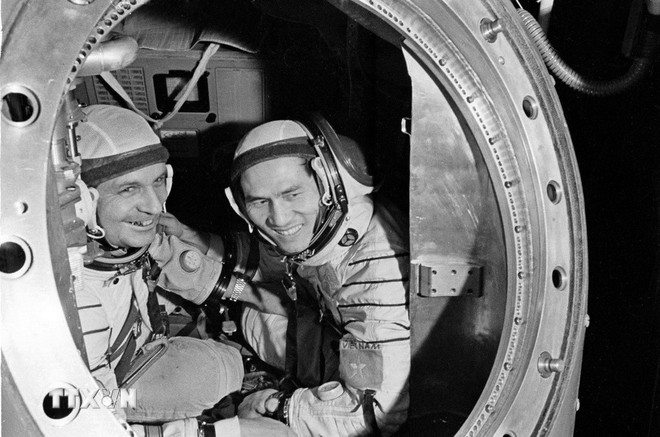
The photos he took not only recorded the arduous journey, but also reflected the team spirit, the bond between the two astronauts, and their daily lives with family and friends. In particular, the photo series includes a rare moment: General Vo Nguyen Giap visited and encouraged the two astronauts before their departure.
For Mr. Tien Dung, every time he presses the shutter is a political duty, a mission of a VNA journalist. The camera is a weapon, a tool for Mr. Dung to carry out the country's media mission with images that are authentic, timely and have lasting value.
Mr. Pham Tien Dung shared: "This year, VNA celebrates its 80th anniversary. I have worked here for 35 years with countless memorable and proud memories. As a photojournalist, I have captured thousands and tens of thousands of photos of the country, the people of Vietnam, and the lives of people across the country. In addition, I have been fortunate to participate in many major events, meet many famous people, and my life has become 'richer' because each trip has enriched my life."
After retirement, with the "baggage" they received from VNA, Mr. Tran Dinh Thao and Mr. Pham Tien Dung continued to contribute to journalism through articles and photos, especially continuing to inspire the next generation of VNA reporters whenever they had the opportunity to meet.
Paving the way for information technology development
The success of VNA news bulletins is not only due to the contributions of the team of journalists, photojournalists, and editors, but also to the efforts of technicians and news engineers - those who ensure the transmission of information and images from the "producer" to the Editorial Board and the public.
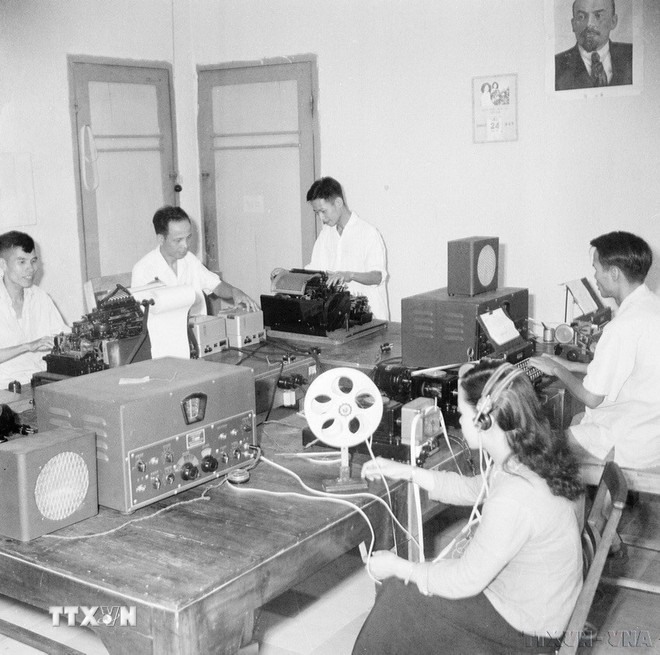
To help young journalists better understand the history and transmission techniques of VNA through the ages, Mr. Dam Hieu Dung, former Director of the Technical Center, had a talk with officials and union members at the industry's Traditional Exhibition House.
Mr. Hieu Dung recounted the process of creating the first 8-bit computer of VNA - the first server, a symbol of the will to innovate and the effort to overcome difficulties. Although it looks simple and primitive now, this machine bears an important historical mark.
“At that time, VNA was under great pressure. Without suitable transmission technology, we would not have been able to exchange news with the world,” Mr. Dung shared.
In that situation, VNA's Board of Directors tried to save every dollar to buy components and materials from abroad. The technical team did not hesitate to design circuit boards, manufacture printed circuit boards, screw in screws, select components and write software to create the first 8-bit computer - the VNA's technical system server.
The birth of the first generation of computers was not only a technical breakthrough but also a historical milestone. In 1984, the technical system allowed the connection and transmission of information between Hanoi and Ho Chi Minh City.
"That machine became a symbol of the spirit of overcoming difficulties - knowledge, experience, and finance were all limited, but we still put Vietnamese into the computer communication system," Mr. Dung's voice contained pride and determination when recalling those days.
During his work, Mr. Dam Hieu Dung remembers most the task of being the Head of the Transmission Team - a unit established by the VNA's Board of Directors to transmit digital information and photos between VNA in Hanoi and the Russian Federation's TASS News Agency in Moscow, relaying information from the West to Vietnam via TASS.
Poor conditions made the implementation process difficult. The first transmission when putting the system into practice did not achieve the expected results.
Faced with that situation, Mr. Hieu Dung boldly asked for guidance from comrade Do Phuong, General Director of VNA at that time, to request permission to borrow the signal line via the Sputnik satellite voice channel from Hanoi to Ho Chi Minh City every night to test the transmission of news and photo signals.
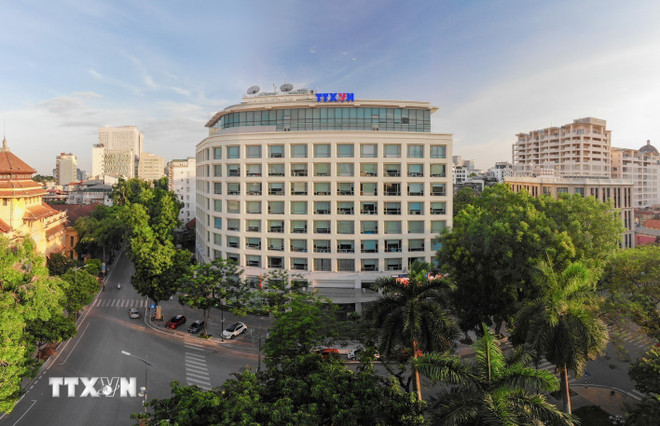
After more than three months of continuous overnight testing, the signal transmission system was successful, achieving the goal of transmitting news and images between Hanoi and Ho Chi Minh City. The results were confirmed by TASS and agreed to deploy the official connection between VNA and TASS.
Three technicians in the team, including Mr. Dung, then went to Russia to complete the technical connection steps. Since 1990, the transmission of information and photos between VNA and TASS has been officially operated, opening a modern information connection portal according to the technology standards of the 90s.
The achievements of the VNA Technical Center are important foundations in the process of digital transformation and mastering the transmission technology of VNA in the future. These silent efforts have built a solid technical foundation, helping VNA affirm its role in the national and international information flow.
Over the past 80 years, under the "roof" of VNA, journalists and technicians have devoted their entire careers, leaving many important contributions in the development journey of the industry.
Their stories are vivid proof of the resilient spirit and constant innovation of VNA, and a valuable source of inspiration for future generations to follow in its footsteps, continuing the glorious history and sustainable development of VNA in the new era./.
Source: https://www.vietnamplus.vn/80-nam-ttxvn-nhung-nguoi-ke-chuyen-bang-cau-chu-hinh-anh-va-duong-truyen-post1061596.vnp



![[Photo] General Secretary To Lam attends the 8th Congress of the Central Public Security Party Committee](https://vphoto.vietnam.vn/thumb/1200x675/vietnam/resource/IMAGE/2025/10/4/79fadf490f674dc483794f2d955f6045)

![[Infographic] Notable numbers after 3 months of "reorganizing the country"](https://vphoto.vietnam.vn/thumb/1200x675/vietnam/resource/IMAGE/2025/10/4/ce8bb72c722348e09e942d04f0dd9729)


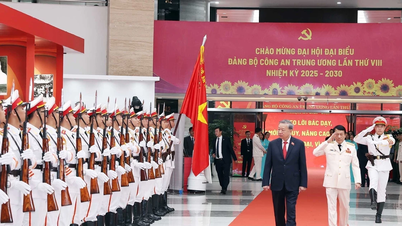
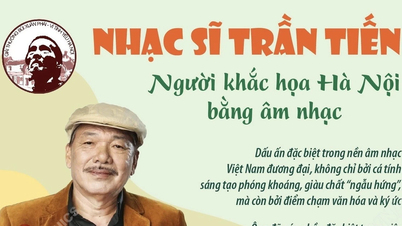
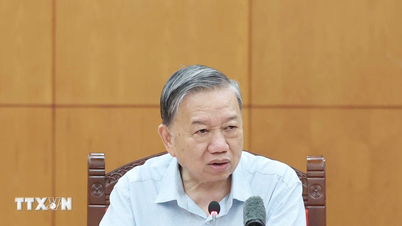
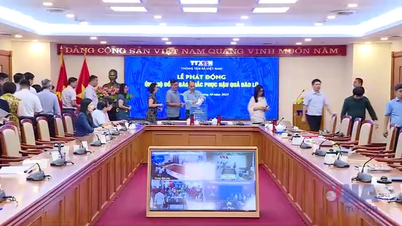
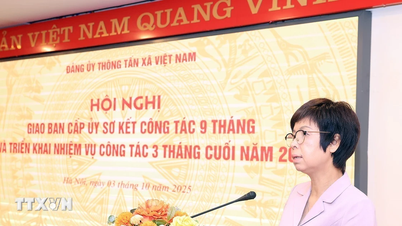
![[Photo] Students of Binh Minh Primary School enjoy the full moon festival, receiving the joys of childhood](https://vphoto.vietnam.vn/thumb/402x226/vietnam/resource/IMAGE/2025/10/3/8cf8abef22fe4471be400a818912cb85)

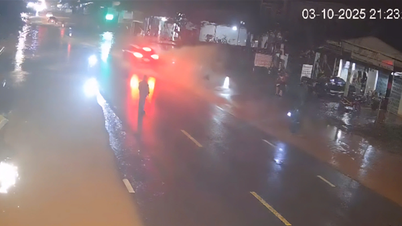

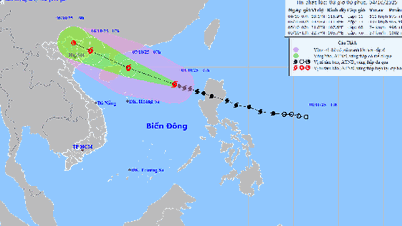

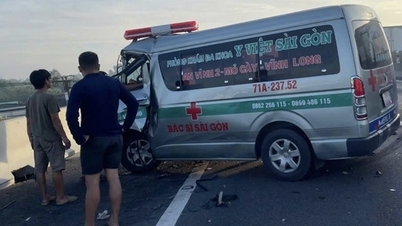
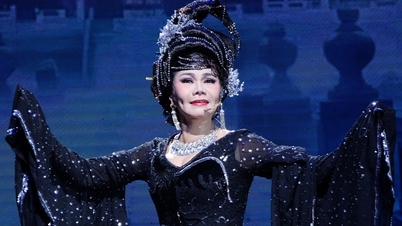

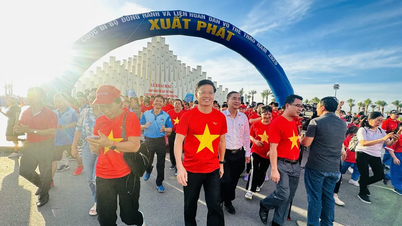








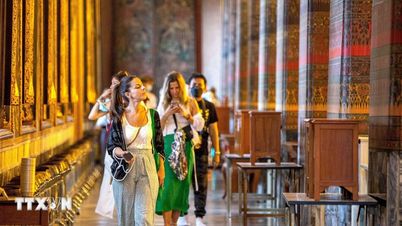
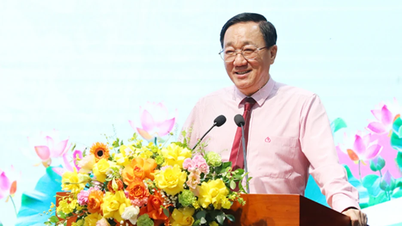
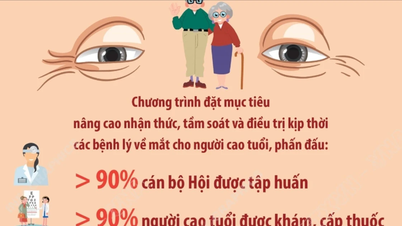

![[Photo] Prime Minister Pham Minh Chinh chairs meeting to deploy overcoming consequences of storm No. 10](https://vphoto.vietnam.vn/thumb/1200x675/vietnam/resource/IMAGE/2025/10/3/544f420dcc844463898fcbef46247d16)
![[Photo] Students of Binh Minh Primary School enjoy the full moon festival, receiving the joys of childhood](https://vphoto.vietnam.vn/thumb/1200x675/vietnam/resource/IMAGE/2025/10/3/8cf8abef22fe4471be400a818912cb85)






































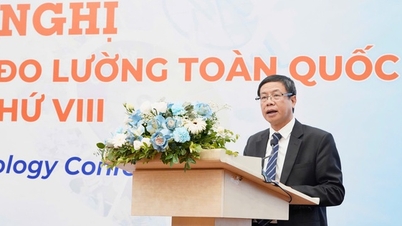

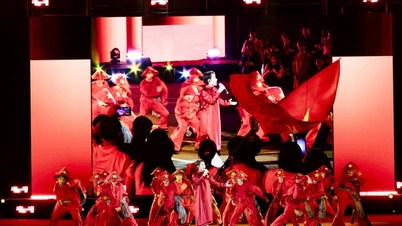

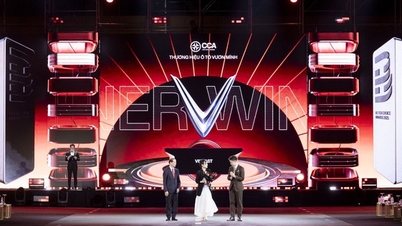
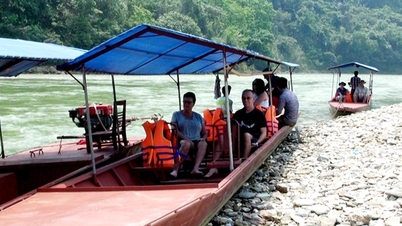




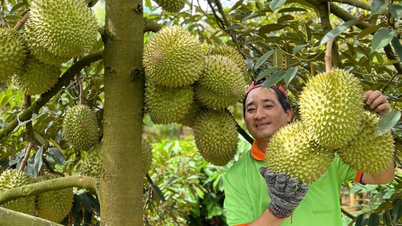
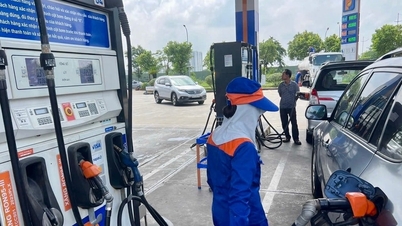
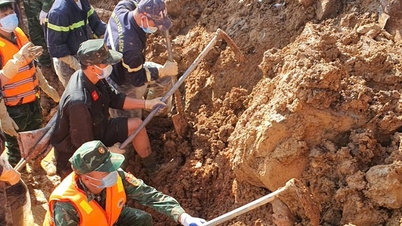

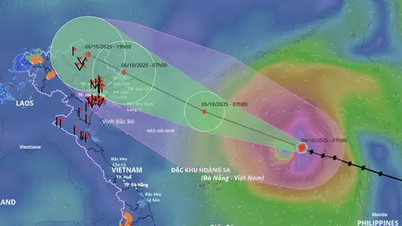

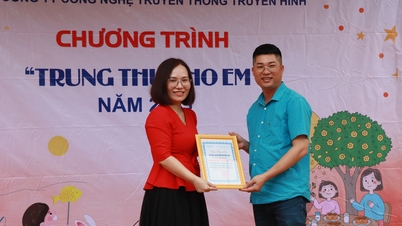














Comment (0)